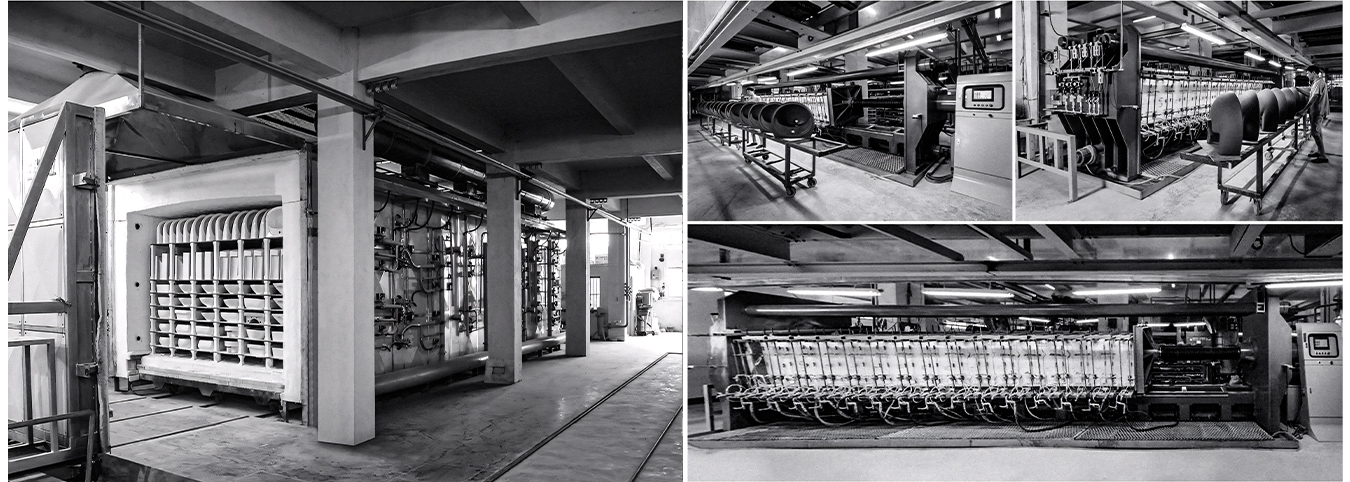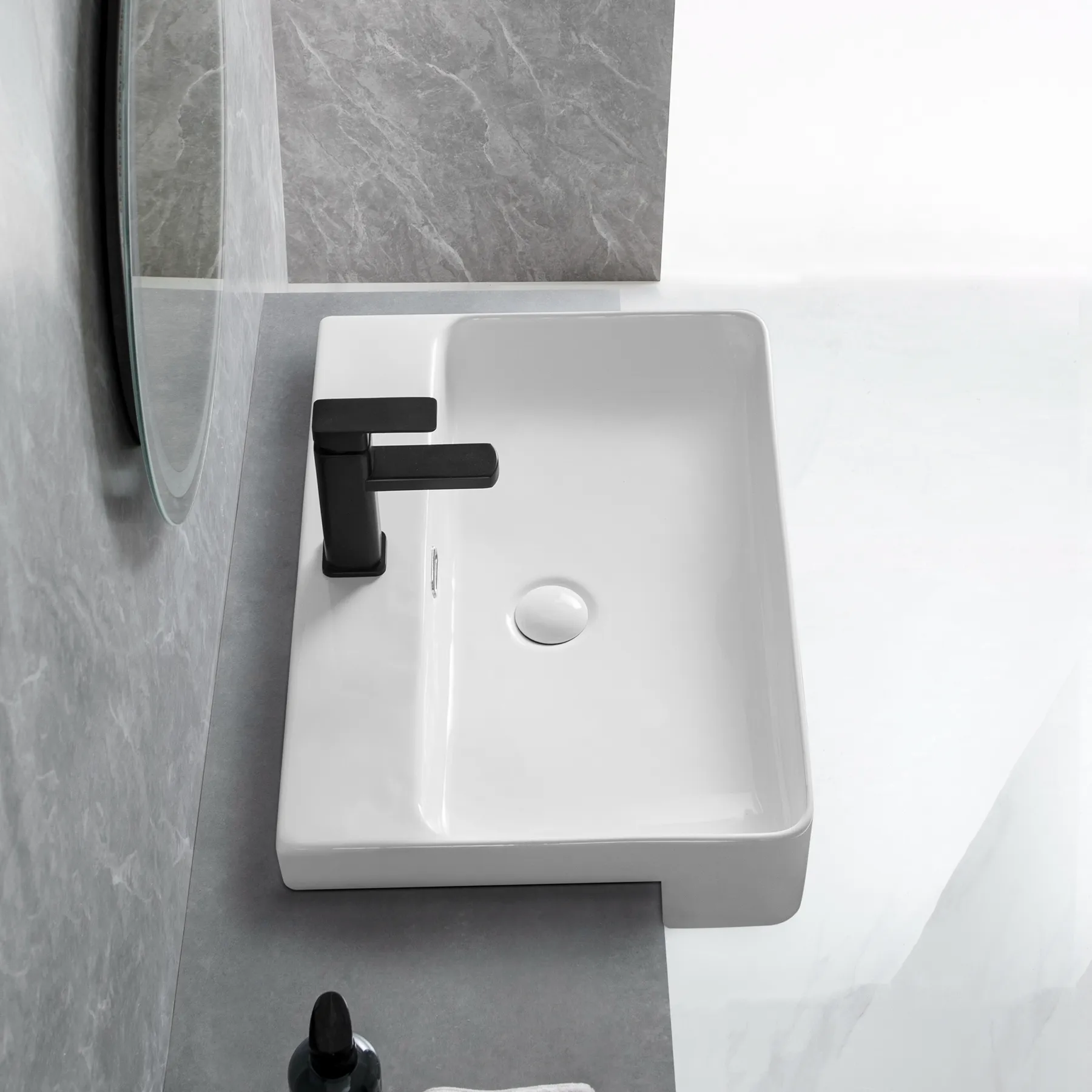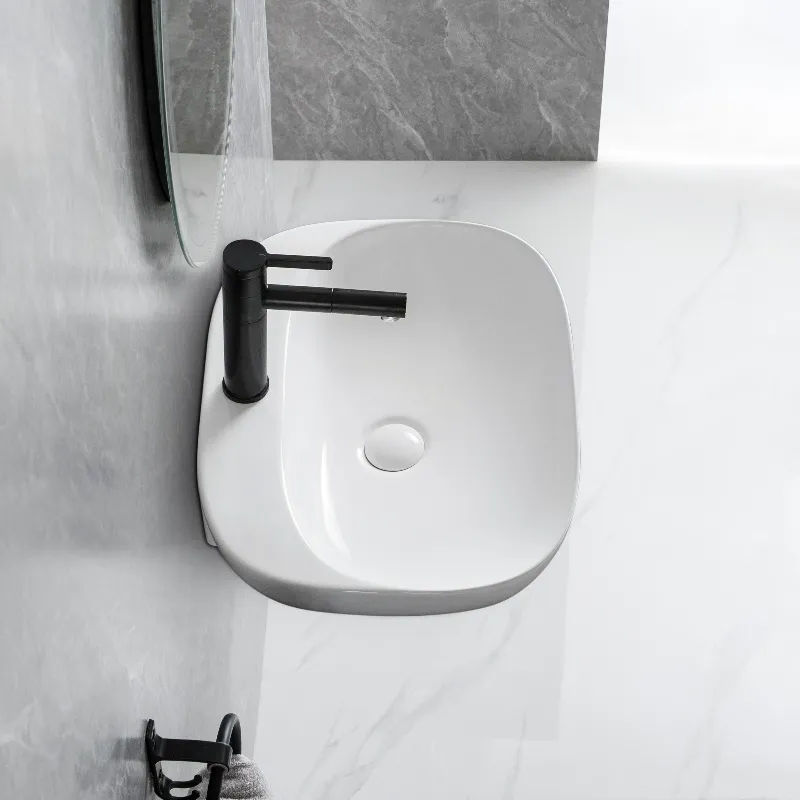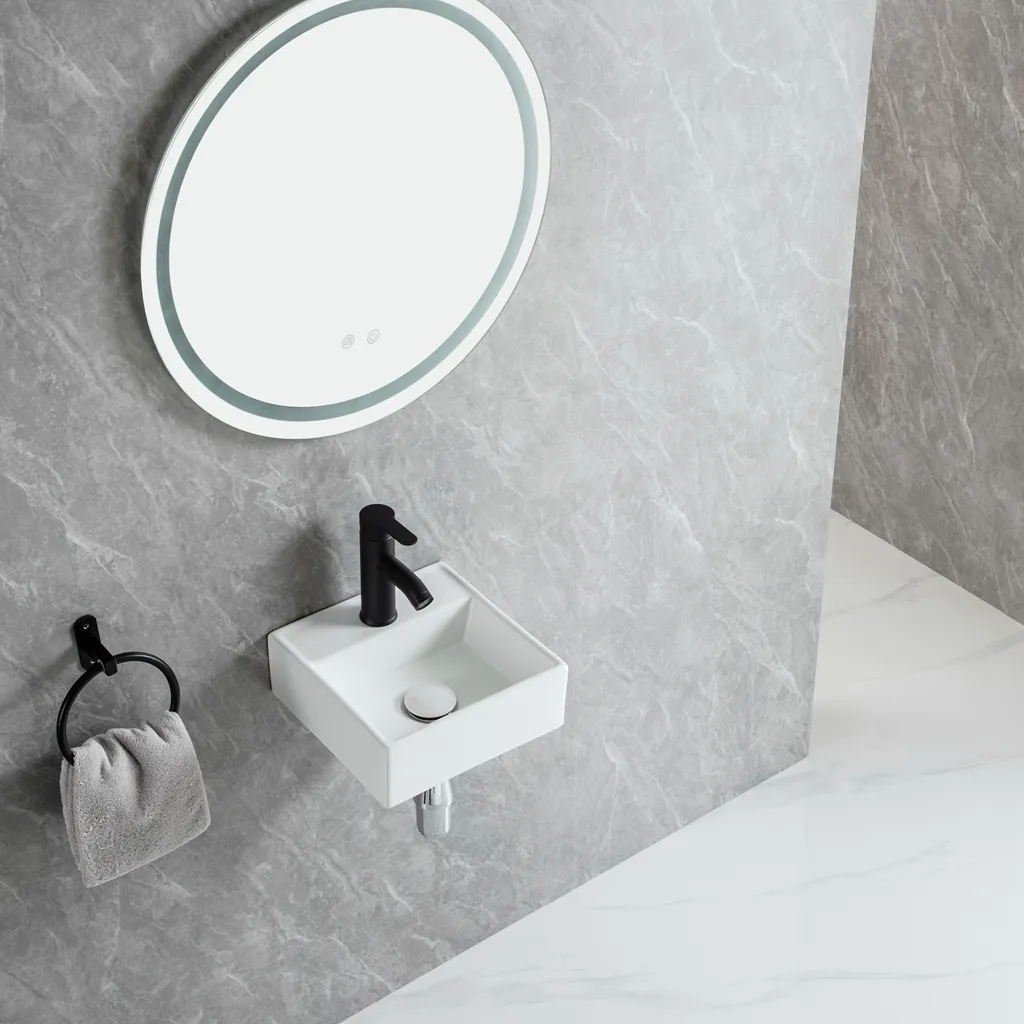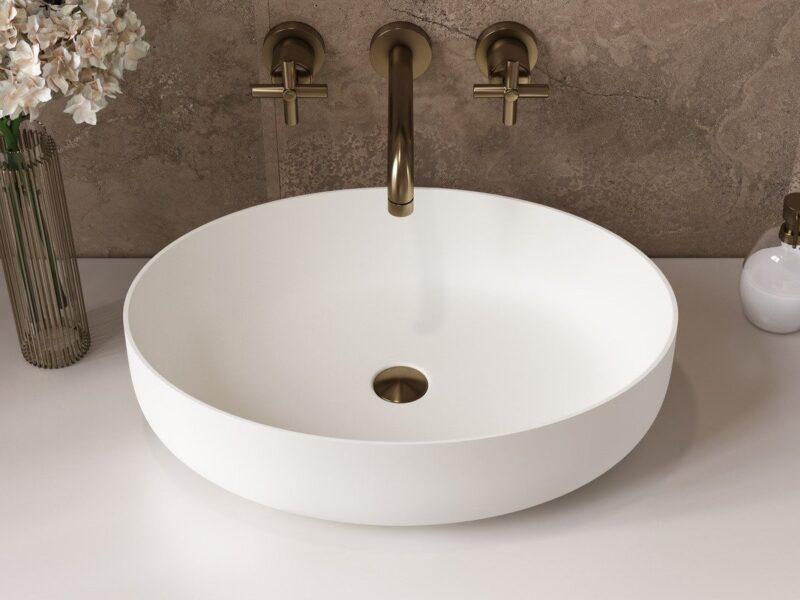
When buying bathroom sinks, the majority of customers will ask one question: “Is the bathroom sink made of porcelain or pottery?” Even though both words are used interchangeably in everyday language, in fact, they denote two different materials and manufacturing processes. As an expert bathroom sink factory, 한유 will reveal what is the connection between “ceramic” and “porcelain” and how to choose the most suitable sink for your bathroom today.
What is the difference between “ceramic” and “porcelain”?
Ceramics is a broad concept that includes ceramic and porcelain. Their main differences are material, firing temperature, density and appearance texture.
| Project | Ceramic | Porcelain |
| Firing temperature | 800°C~1100°C | Above 1200°C |
| 재료 | Mainly clay, coarse particles | Fine materials such as kaolin and feldspar |
| Surface | Rough, usually unglazed or low-temperature glazed | Smooth and delicate, with hard high-temperature glaze |
| Water absorption | High, easy to seep water | Low, dense and non-absorbent |
| Strength | Low, easy to break | High, strong and durable |
Therefore, strictly speaking, bathroom sinks are more commonly made of “porcelain” rather than “ceramic” in the traditional sense.
Why are most bathroom sinks “porcelain”?
The bathroom is a humid and frequently used space, and the durability and stain resistance of bathroom sinks are extremely high. Porcelain has the following advantages:
- High density, non-absorbent: prevents mold growth and odor
- Smooth surface, easy to clean: easier to maintain
- Durable, scratch-resistant and pressure-resistant: suitable for home, business and other environments
- Glazed and clean, not easy to change color: can remain bright and new after long-term use
Therefore, most high-quality bathroom sinks on the market, especially mid-to-high-end products, are basically made of high-temperature porcelain, sometimes also called “ceramic wash basins” – but in fact they are “porcelain”.
Why do people often mix “porcelain” and “ceramic”?
In the Chinese context, “ceramic” is a general term that is often used to refer to all non-metallic tableware, sanitary ware or decorations, so we often see terms such as “ceramic wash basin” and “ceramic sanitary ware”. In English, “ceramic” refers to all ceramics, and “porcelain” is the representative of high-temperature porcelain.
Therefore, “ceramic bathroom sinks” actually refers to “porcelain bathroom sinks”, which does not mean it is “ceramic” in the traditional sense.
What materials are used for HanYu bathroom sinks?
HanYu bathroom sinks are made of high-temperature porcelain, which goes through a firing at over 1280°C and has the following quality guarantee:
- The surface is mirror-smooth and extremely resistant to staining
- High-strength structure, durable and not easy to crack
- Zero water absorption, antibacterial and moisture-proof
- Rich styles and designs, suitable for modern bathroom styles
- Strict quality inspection standards, passed multiple international certifications
HanYu continues to innovate in design, providing various types such as above-the-counter basins, under-the-counter basins, wall-mounted basins, and combined basins to serve various application conditions like home, commercial, and hotel.
Summary: Ceramic vs. Porcelain, how to choose a bathroom sinks?
- If you are looking for bathroom sinks that is strong, easy to clean, and will not turn color after long-term use, porcelain material is the most suggested choice.
- “Ceramic bathroom sinks” is a common name in daily life, which actually refers to “high-temperature porcelain” products.
- When purchasing, look for professional manufacturers to ensure the product’s firing temperature, material proportion, and glaze quality meeting the requirements.
HanYu – Professional Porcelain Wash Basin Manufacturer
로서 bathroom wash basin expert with many years of manufacturing experience, 한유 is dedicated to providing customers with wholesale ceramic bathroom sinks of high quality, fine appearance and safe use. OEM/ODM customization can be provided and we serve global building projects, commercial projects and home improvement channels.
